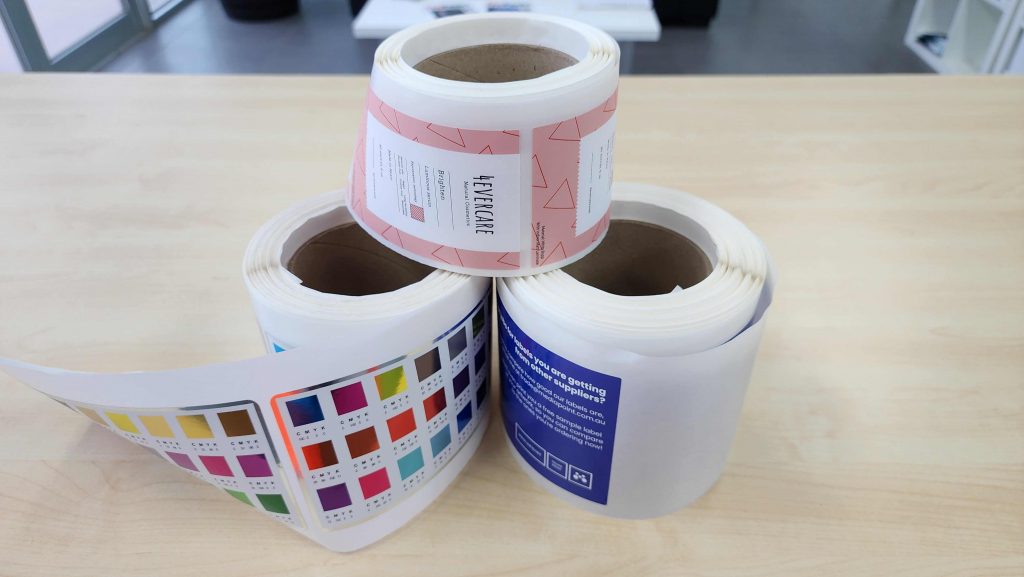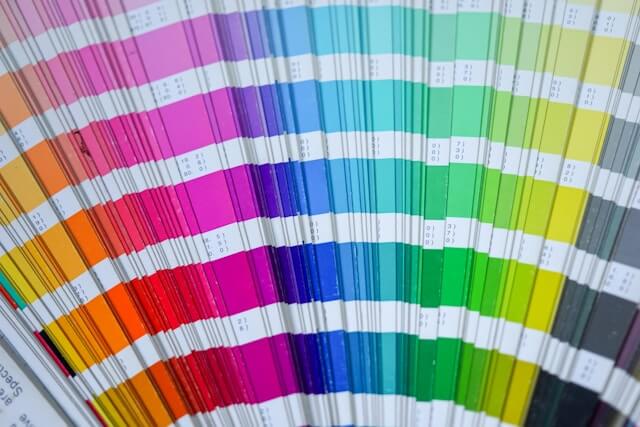Mediapoint’s Print Process: One Job Is One Dispatch

In this article we detail our Mediapoint’s print process and how that facilitates expedited completion of print jobs for customers.
We operate by a single rule when it comes to dispatching: One Job is One Dispatch.
Whilst other trade printers may split orders or create kits to be dispatched to multiple locations, we’ve consciously chosen not to do this. When you order using our self serve printing system we treat that order as an individual batch intended for one destination.
Over 150 orders a day are handled by Mediapoint’s print process. It involves the use of a highly-automated system and optimised, Lean processes. The moment an order is placed in our system every element required to complete the job – materials, print time, custom packaging, staff – is locked in. Everything is accounted for which leads to jobs completed exactly as intended.
Automation means leaves no room for ad-hoc changes but it means we can deliver on high volume orders with a quick turnaround. Furthermore, customers are benefitted by predictable lead times for print runs.
Splitting print orders is one such sacrifice of Mediapoint’s print process. However, we believe it is outweighed by the benefits of streamlined procedures and the ease of using our system.
Mediapoint’s Print Process Minimises Mistakes
Following our simple rule minimises any chance of mistakes throughout our trade printing process. Common mistakes from other trade printers who do split orders:
- Underdelivering stock amounts to each destination
- Jobs going to wrong locations
- Varied delivery times due to different couriers / routes.
- Delayed delivery due to the time it takes to finish and package split jobs individually.
Each of these issues can be detrimental to both our reputation and that of our clients who have their own service-level guarantees in place with their customers.
Don’t forget every added step in the print process will add costs. This leads to increased prices and reduces the amount of margin passed onto customers.
Customers Can Still Order Multiple Jobs
When working with Mediapoint’s print process you can still have printing delivered to multiple sites. However, each pack need to be ordered under separate job numbers. The time it takes to complete multiple orders on our automated printing system (PrintIQ) is negligible.
The individual number of jobs aids in visibility of job progress for customers. Since each job number is treated separately there is full transparency around dispatch timelines and destinations. This also reduces the requirement for our teams to read convoluted notes or do extra work that may slow down the trade printing process.

Playing to Our Strengths
The advantages of Mediapoint’s print process are the ability to access live 24/7 pricing on orders, access to the lowest prices, next-day turnaround on most products, and outsourcing of high volume jobs to focus on sales rather than production. By providing clarity of our process, utilising a self-serve printing portal, and implementing automation at every stage we can sustain our standards and deliver on these advantages for every customer.
If you’re a high volume reseller looking for trade printing partner that offers the lowest prices, than look no further than Mediapoint. Simply sign up for a PrintIQ account to get started.



